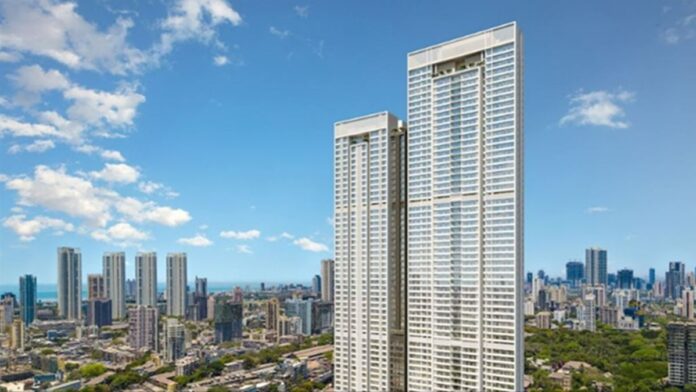In the wake of RBI repo rate cuts in the last around 6 months, the affordability of homes for buyers has improved across eight major cities in the country in the first half of this year, according to a report.
According to Knight Frank India’s latest Affordability Index for H1 2025, housing affordability has improved across most major cities, with Ahmedabad, Pune, and Kolkata emerging as the most affordable markets.
This improvement follows the Reserve Bank of India’s 100-basis-point repo rate cut since February 2025, which has reduced EMIs and eased the financial burden on homebuyers.
Ahmedabad most affordable housing market in H1 2025
Ahmedabad is the most affordable housing market among the top eight cities, with a ratio of 18%, followed by Pune at 22% and Kolkata at 23%. Mumbai was the least affordable city, with an affordability level of 48%. However, it is noteworthy that the market has breached the 50% mark for the first time in the history of the index.
Also read: India’s housing market cools, but organised developers stay resilient – Top picks for homebuyers
Knight Frank India’s Affordability Index, which tracks the EMI (Equated Monthly Instalment) to income ratio for an average household, witnessed steady improvement from 2010 to 2021 across the eight leading cities of India especially during the pandemic when the Reserve Bank of India (RBI) cut policy repo rate (REPO) to decadal lows.
What led to the rise in affordability in the real estate space
The central bank subsequently raised the REPO rate by 250 bps in a space of nine months starting May 2022 to address high inflation which caused stress on affordability levels. However, with inflation worries subsiding and economic growth regaining focus, the RBI slashed the REPO rate by 100 bps since February 2025. This has improved affordability across 7 of the 8 cities in H1 2025.
Shishir Baijal, Chairman and Managing Director, Knight Frank India, said, “Affordability plays a critical role in maintaining homebuyer demand and sustaining sales momentum, both of which are vital contributors to the broader economy. As incomes grow and the economy gains strength, financial confidence among end-users improves, motivating them to commit to long-term investments such as home ownership. Given the RBI’s healthy 6.5% GDP growth estimate for FY 2026 and a favourable interest rate scenario,
» Read More


